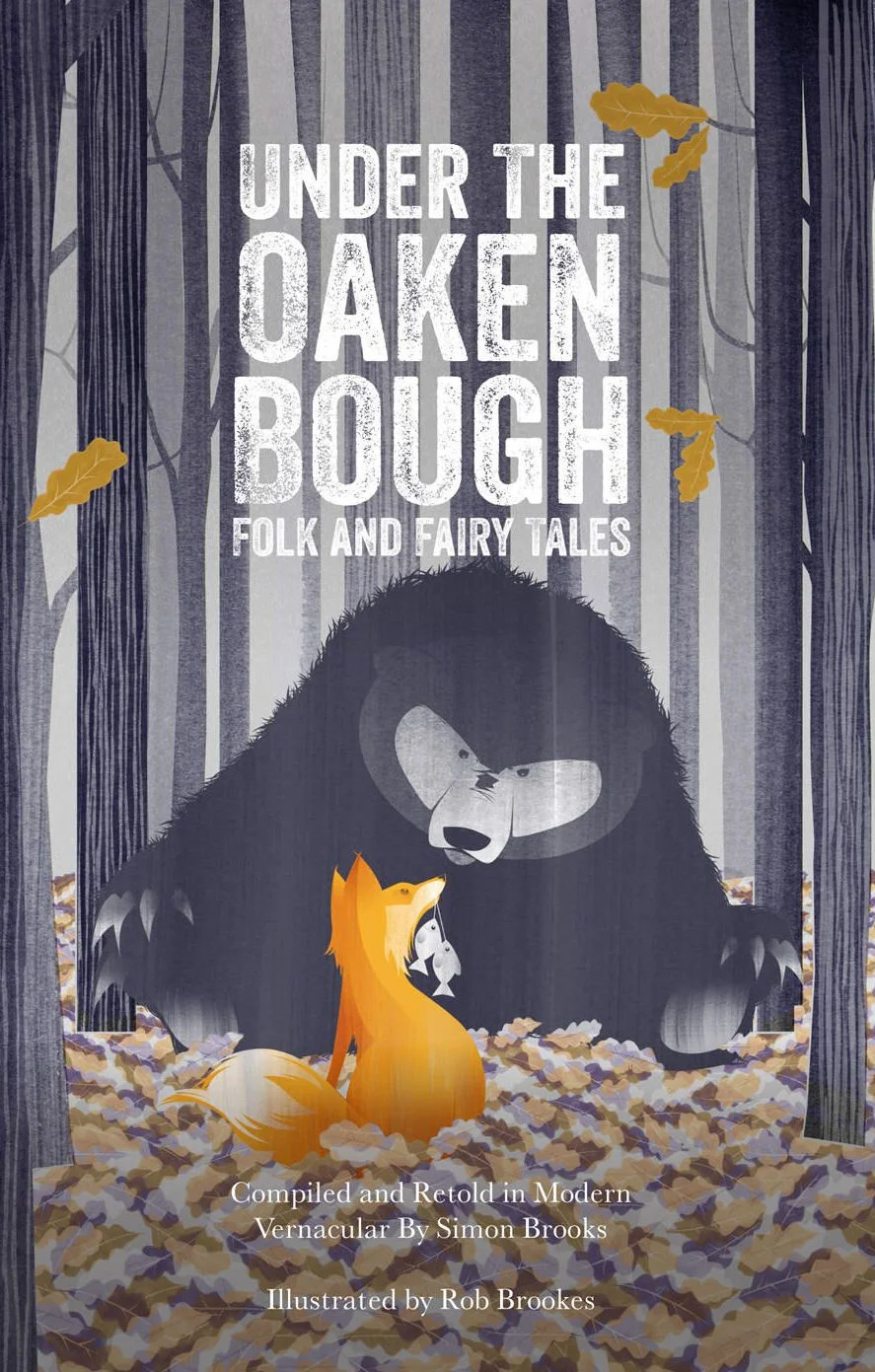
News/Blog
ANNAN AND THE FOREST
An original story by Simon Brooks, storyteller, copyright 2019
One day a boy found a forest. It was a small wood filled with many trees. Some had leaves or needles all year round while others went naked into the winter. Some were tall, reaching high into the sky and some trees were not so tall. Some trees were wide and some were narrow. Some were smooth and others had wrinkly or peeling trunks. There were as many different trees as there are people, or so it seemed to the boy. All the trees had their own names and the trees gave the boy a name, too. The trees named the boy Annan.
Benefits of research (and the love of old books)
Research can be a black hole for time, but very much worth while doing for so many reasons.









